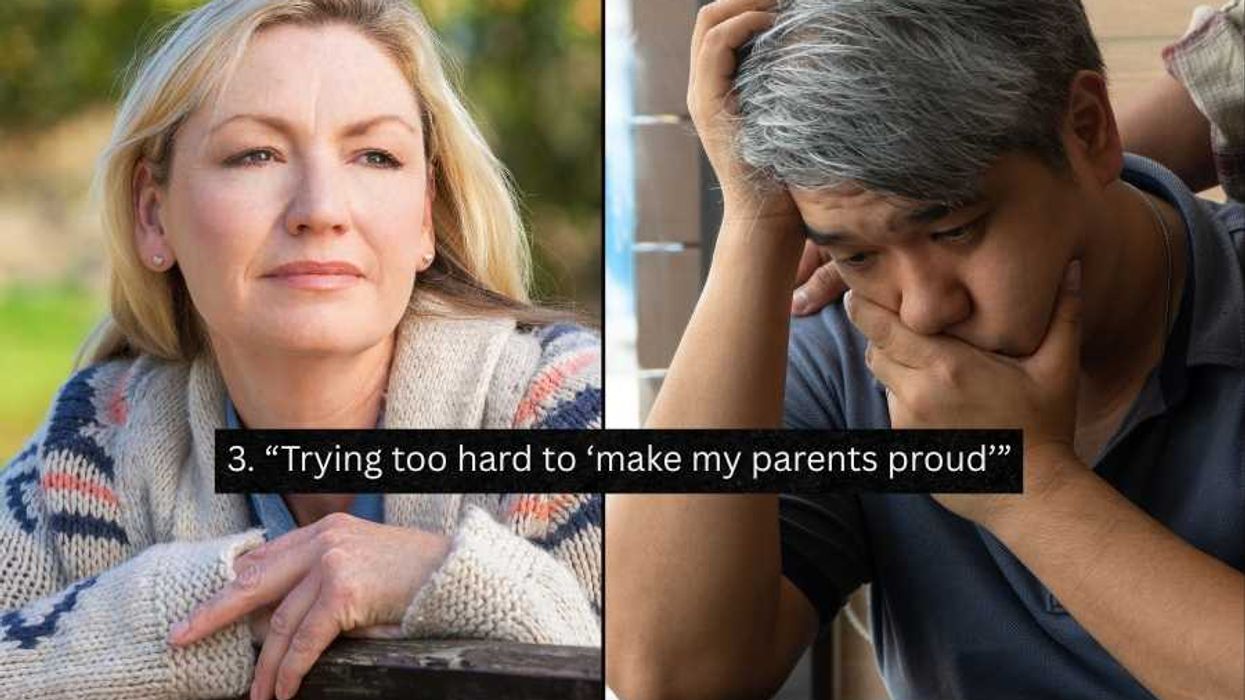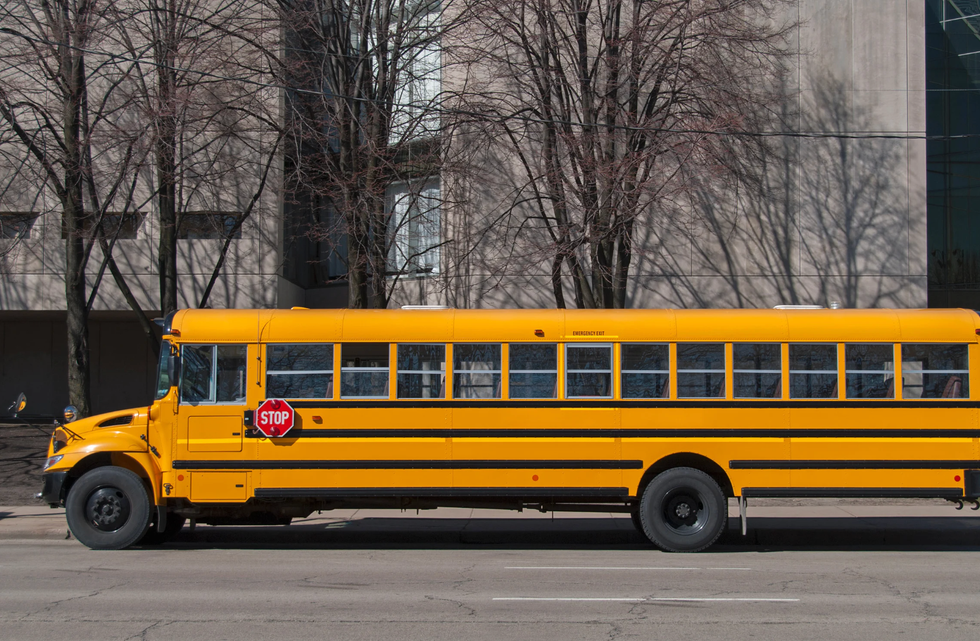The Maldives is drowning. The island nation’s leaders have been trying their best to communicate this to the world for at least six years, though their efforts have often been ignored or swatted away by skeptics. But according to a recent report by the Intergovernmental Panel on Climate Change, this isn’t a topic that’s up for debate—it’s just math. Over the next century, sea levels will rise by at least one foot, with some climate experts estimating the increase may be as high as four feet. The Maldives is, on average, three feet above the water. Thus, the Maldives, and several other island nations like it, will be submerged within generations, and it seems like the rest of the world has decided that they’re on their own—these people will have to save themselves.
The Maldives is far from alone in having to deal with the consequences of the rising oceans. The president of Kiribati, Anote Tong, suspects that erosion and the seepage of saltwater into farmland and drinking water may render his nation uninhabitable by 2030. In an act of proactive solidarity, a group of islands under similar threat, from Barbados to the Seychelles to Tuvalu, have teamed up to raise awareness of and brainstorm solutions to their collective plight. They’ve addressed the UN General Assembly and crafted international treaties like the Majuro Declaration on climate change to press larger nations to take responsibility for their emissions’ role in this crisis.
But rather than respond to the dilemma of these countries facing watery peril, many of the world’s major powers have chosen willful ignorance and neglect. The UN declared 2014 the year of the Small Island Developing States, but made only cursory mention of environmental risks in their declaration. Meanwhile, New Zealand, closely situated to many of these threatened nations, has responded coldly to its neighbors' misfortune, recently rejecting a Kiribati man’s appeal for refugee status, after he fled his farm amidst fears the region would soon be inundated. Most egregiously, Australia has even ignored the dangers posed to its own small island peoples, sidelining reports from 1997 that warned them of rising sea levels in the Torres Strait Islands, located between the Australian mainland and Papua New Guinea. The Australian government then reacted slowly and inefficiently when flooding on the island of Tegua produced the world’s first climate refugees in 2005, and displaced even more people across the island chain in 2009.
In further efforts to garner the global spotlight, the Marshall Islands are now trying to force the world to face the crisis through legal channels, still embroiled in an ongoing appeal to the Hague to issue an advisory judgment on their woes, and the Maldives, where they held a stunt underwater cabinet session, hasn’t given up on the power of publicity either. But for the most part, rather than wait for the world to realize just how dire their position has become, sinking islands are pursuing every opportunity to save themselves. Some of it is merely stopgap work, like planting taro in concrete-lined plots to stop salinization or, like Micronesia, constructing mangrove and reef barriers to hold back the tides. In cities like South Tarawa, the center of Kiribati and the locus of the country’s internal migration, citizens fortify rock, reef, and concrete sea walls, creating bulwarks against the waves.
Recognizing that walls alone aren’t an indefinite answer, President Tong is exploring the idea of rebuilding the nation on a series of floating “lily pads” tethered to the ocean floor, each measuring two miles across and anchored around a half-mile high tower of vertical farms. The Maldives have a more modest project underway with a company called Dutch Docklands—part luxury development, part replacement housing for the citizens of the country’s capital, Male—and have already built up a reclaimed island at Hulhumale as a potential relocation site.
Yet, the most likely solution, given the price tag attached to other potential solutions, will probably be for governments to purchase new islands, and eventually rehouse their people in less at-risk nations. The Maldives considered acquiring land in India and Sri Lanka, but, like Kiribati and Tuvalu, wound up approaching Australia instead. Kiribati has recently moved on from Australia, instead purchasing land from the Church of England on Fiji.
Kiribati’s new deal makes sense—Fiji is a more secure island and one of the few nations that have promised to have their neighbors’ backs in the coming crises. And, if they play their cards right, the local I-Kiribati people will be able to keep their culture and customs, if not their sovereignty. But in a world where few are listening, and the brunt of the responsibility falls upon the shoulders of a handful of relatively poor nations with meager resources, simply keeping his people from becoming dispersed refugees will be a great victory for President Tong.
















 People at a public library.Image via
People at a public library.Image via  Father and child making origami together.Image via
Father and child making origami together.Image via  Woman takes a bath.Image via
Woman takes a bath.Image via  Older man solving newspaper crossword on a street table.Image via asdf - Photo by Mathias Reding
Older man solving newspaper crossword on a street table.Image via asdf - Photo by Mathias Reding Happy seniors ride bikes.Image via sdf - Photo by Syda Productions
Happy seniors ride bikes.Image via sdf - Photo by Syda Productions



 Men practice mindfulness overlooking the cliffs and ocean.Image via
Men practice mindfulness overlooking the cliffs and ocean.Image via  Man smiles at dusk.Image via sss - Photo by ridofranz
Man smiles at dusk.Image via sss - Photo by ridofranz
 People chat on a video callCanva
People chat on a video callCanva A parked school busCanva
A parked school busCanva
 A woman relaxes in the woodsCanva
A woman relaxes in the woodsCanva A neuroscientist studies brain scansCanva
A neuroscientist studies brain scansCanva Gif of someone saying "I'm okay. I can do it" via
Gif of someone saying "I'm okay. I can do it" via 
